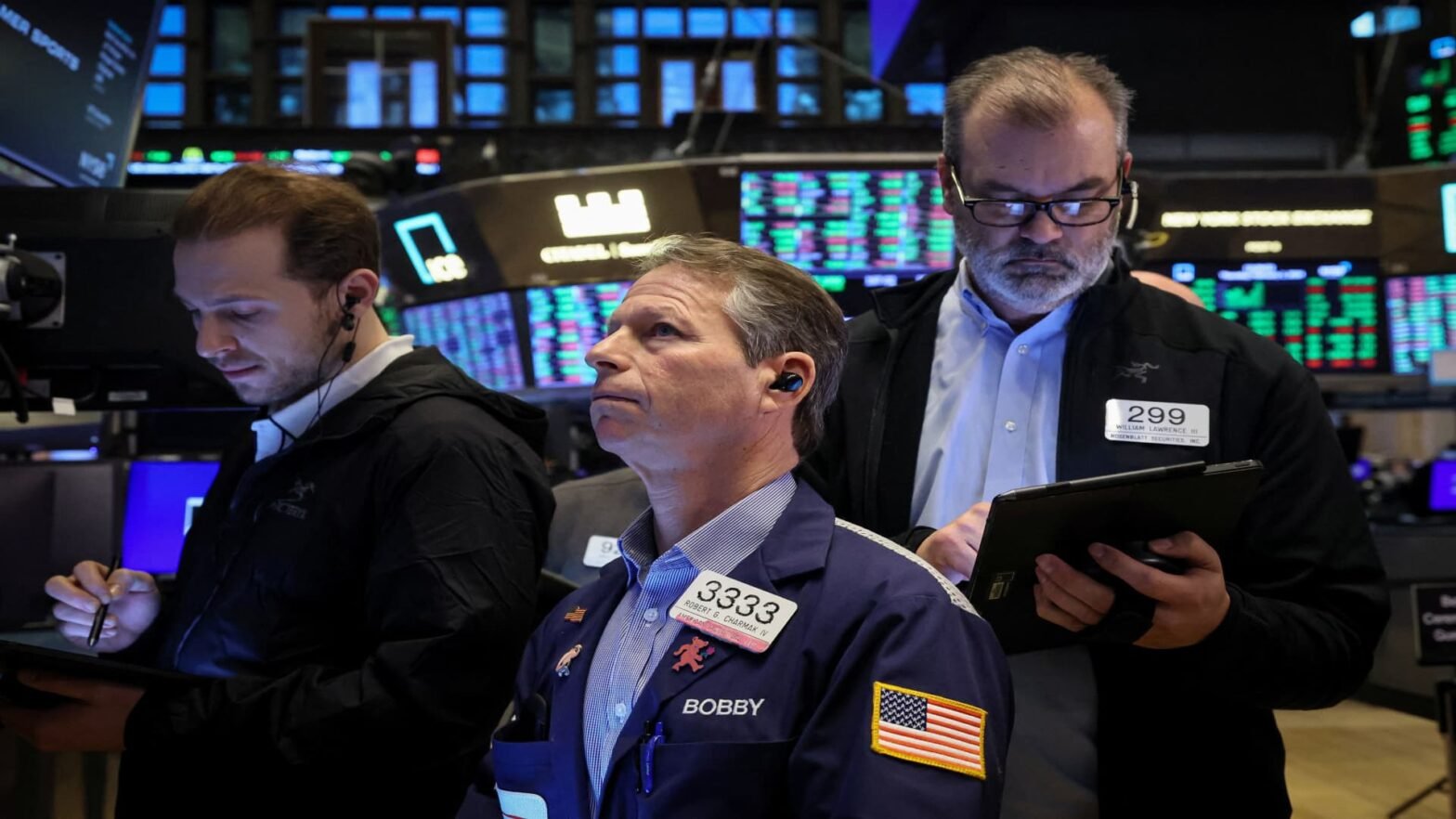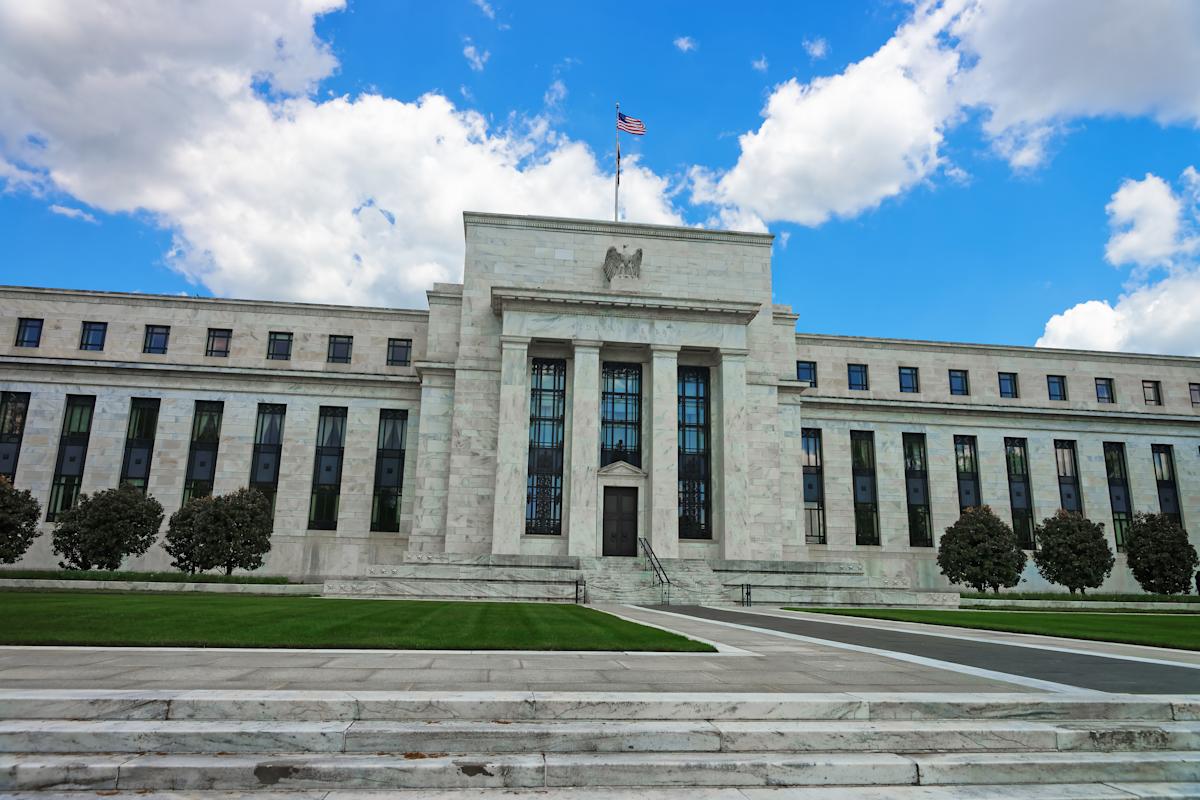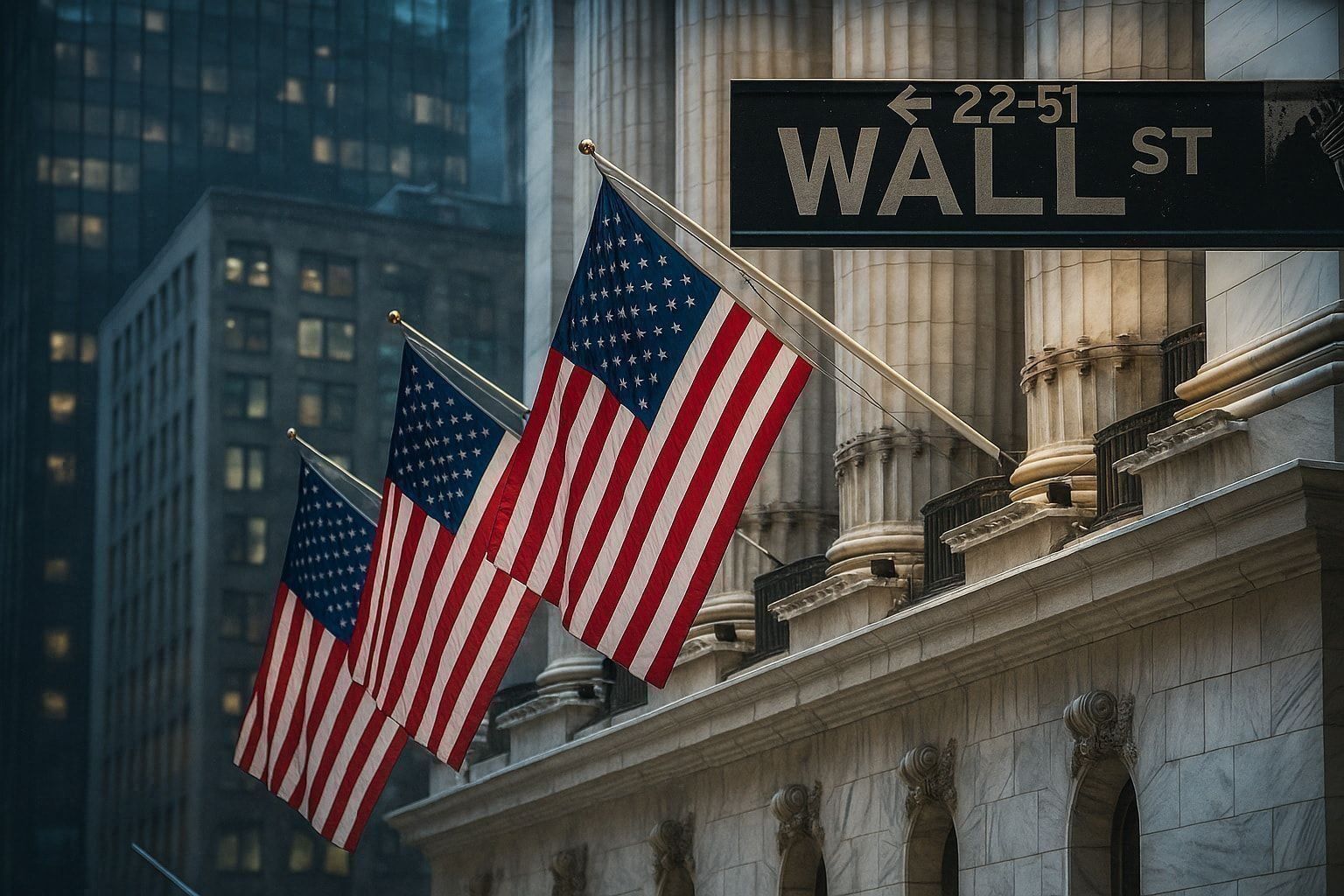It was impressive, and interesting, but it wasn’t easy. The S & P 500′ s latest run to a record high last week took it through an obstacle course of macroeconomic and company-specific hazards. The index had to high-step through the rope grid of mixed mega-cap-tech earnings reports, army crawl under the barbed wire of a more hawkish Federal Reserve message, zipline over the mud pit of a surprise reminder of regional-bank stress and scale the wall of worry rebuilding in the Treasury market after a piping-hot monthly jobs report Friday. By Friday the stunning 20% one-day surge in Meta Platforms and 8% rip in Amazon after their dominant displays of business-model potency in their quarterly results were enough to carry the index to previously unexplored terrain above 4,950, even as a majority of stocks continue to trail far behind or fall by the wayside. .SPX 1Y mountain S & P 500, 1 year The narrative flux on the macro front, unbalanced market performance and staticky signals from widely followed cyclical patterns are helping to keep investors more confused and cautious than one might expect after another fresh record and 13 up weeks in the last 14. This is probably a plus, though plenty of legitimate questions now hover: Is the market’s uptrend off the October low still trustworthy – and if so, is it overdone yet? Are the worries over narrow market leadership ever going to matter? And, is good economic news still a net positive for stocks given the Fed’s likely decision path? 2024 premises The premises I’ve been working with entering 2024 go something like this: The rare breadth and momentum characteristics of the fourth-quarter rally imply higher index levels over coming months and won the bulls the benefit of the doubt. The downward momentum in inflation evident by November and the December Fed pivot to an easing bias freed the market to treat strong economic news as good for stocks. A Fed rate cut as early as March was never a make-or-break factor for the market as long as the next move is down, given the Fed is no longer seeking to throttle economic growth. The dominance of a handful of $1 trillion-plus growth stocks is not ideal and can make the market unstable if taken to extremes, and the “quality premium” seems elevated. But there’s no single “correct” way for markets to behave. And too many investors wanted a broader rally that it was unlikely to arrive when summoned. Stocks are not at all cheap, with the S & P 500 at 20-times year-ahead earnings, which probably will mute multi-year returns. But the excesses – like the upside price action — are mostly in the very biggest stocks and a valuation reckoning doesn’t typically occur when overall earnings are rising and the Fed is no longer tightening. Most of this holds up, with some modifications here and there. Uptrend intact The broad trend off the autumn lows continue to look sturdy, if getting a bit stretched in the near term. After closing at 4958, up 4% for the year and more than 20% off the October low, the index is within 2% of 5050, a level that some such as Craig Johnson, technician at Piper Sandler, have viewed as a potential culmination area for this push higher. But a substantial cushion has been built. Recall that when the S & P 500 has hit a new record after not having done so in more than a year (such as happened last month), it’s been up a year thereafter 13 out of 14 times. Any pullback that holds above 4800 would be a mere blip, preserving its January breakout, and even a standard 5% retrenchment would leave it well above the January low below 4700. For sure, a year ago the market hit a short-term peak on Feb. 2 after a fluky-seeming super-strong jobs report, and from there a routine-seeming 3-5% pullback deepened into a fuller correction after Silicon Valley Bank buckled and failed. Steve Deppe, a keeper of historical market-pattern stats at Nerad + Deppe Wealth Management, noted that the current run of a 20%+ gain over 14 weeks to a new all-time high has happened seven times before. The market was never higher four weeks later, but losses were slim and none proved to be a major peak. Megacap divergence The stunning rise in Meta on Friday, adding $200 billion in market cap on a monster gain in earnings and stellar profit margins, underscored a few features of this market. There is virtually no edge in handicapping these stocks in the short term, if a trillion-dollar company can pop 20% in a day against already-upbeat expectations. These companies are fundamentally dominant. But the contrast in the performance of Meta, Amazon and Microsoft (all steady-to-positive) compared to Alphabet, Apple and Tesla (varying degrees of disappointment) is a welcome dynamic. Differentiation among the super-cap index leaders is healthier than monolithic momentum-chasing. And below the surface, it’s not entirely a story of pain and neglect. The median S & P 500 stock is flat year to date, is up 13% over the past three months, has gained 30% off its 52-week low and is within 8% of its 52-week high. On Friday, even as a majority of stocks fell with the S & P 500 gaining 1%, there were 175 NYSE new 52-week highs compared to 54 new lows. And the cyclical parts of the market continue to hold their lead over purely defensive areas. Here are the equal-weighted industrial and consumer-discretionary sectors compared to the equal-weight S & P 5600 since just after the bear-market low in October 2022. The macro data flow whipsawed the bond market last week pretty severely, and implicitly demanded that traders ask themselves what kind of economy we have and whether markets are priced right for it. Jobs report surprise A subdued employment cost index reading and healthy productivity gauge had yields falling and dovish expectations building ahead of the Fed decision Wednesday. When Fed Chair Jerome Powell cast heavy doubt that conditions would be in place to win a vote for a rate cut in March, long-term yields actually sank, the 10-year poking below 3.9% from above 4.1%, as if to register a greater chance that the Fed would err by keeping rates too high into a slowing economy. Enter the employment report for Friday, showing 353,000 net new jobs — double the forecast — and brisk hourly wage growth. The ten-year yield popped back above 4% by Friday’s close – quite a ride, but one that ended right at the mid-point of its range since mid-December. The only way the healthy jobs number is a true negative for stocks is if it’s a statistical head fake. Yes, January seasonal adjustments are a hash since Covid. Full-time jobs were weaker than part-time. Total hours worked were down. But none of this fully offsets the message of a more resilient labor market than expected – and an economy that can continue to chug along on income growth and consumer spending until further notice. Reacting to the data, Henry McVey, KKR’s head of global macro, said, “The dollar should snap back, while hopes for a huge Fed easing campaign will likely be abandoned, and risk assets will struggle a bit until we see inflation cooling later in the year. However, we stick to our four percent call for the 10-year U.S. Treasury. Overall, our base case remains largely the same, despite this strong report. This cycle will be different, as jobs, fiscal impulse, a messy energy transition, and geopolitics will lead to higher nominal GDP.” Keith Lerner, chief market strategist at Truist Wealth, offers that “from our perch, for the equity market, we would trade a more resilient economy with [fewer] rate cuts for a weaker economy with more aggressive rate cuts.” Equity investors should hope so, given that this seems to be the economy we have until proven otherwise.
Battle-tested bull: S&P 500 plows through obstacle course of worries to new high
Feb 3, 2024

















